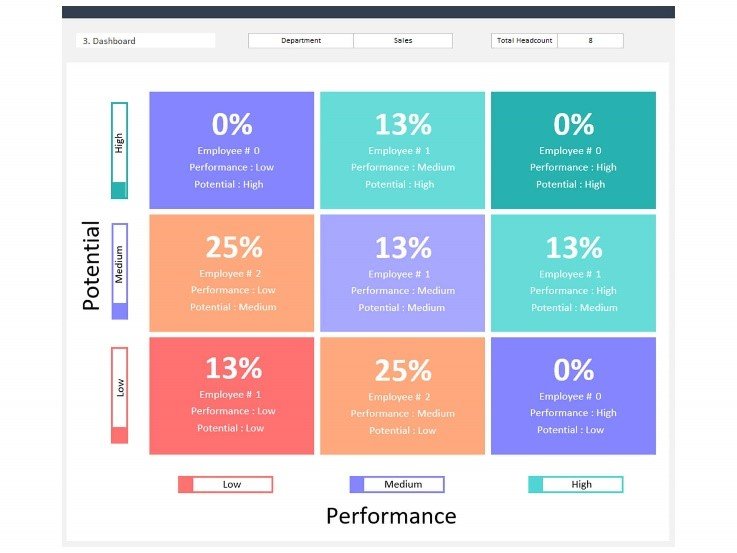How Smart Timing Can Shape Your Investment Future
Timing in investing is often either overrated or overlooked, but rarely well understood. The truth lies somewhere in the middle. While no one can perfectly time the market, making investment decisions with strategic timing in mind — much like working with a ghostwriting seminararbeit to plan carefully — can significantly influence how your financial future unfolds.
Across asset classes, from equities and real estate to bonds and precious metals, when you choose to invest can be just as important as what you invest in.
Entry Timing Sets Your Investment Trajectory
Every investment has a starting point, and the conditions at that moment can heavily influence its long-term success. For instance, buying into stocks during a market dip or property during a slowdown can set you up for stronger returns as the cycle rebounds. Conversely, investing at the peak of a market can delay growth and reduce flexibility.
Consider an investor who purchases an index fund after a major market correction versus one who invests during an overheated rally. The first may benefit from a faster and more substantial recovery, while the second may endure flat or negative performance for years. Smart timing sets your trajectory, helping your investments gain ground sooner and compound over time more effectively.
It Influences How Long You Wait for Returns
Time in the market matters, but the starting time matters too. Entering an investment just before a period of growth shortens your wait for meaningful gains. This is true whether you’re buying shares, government bonds, or physical assets like gold.
Entering too early, before momentum has built, or too late, when the price has already peaked, can tie up capital that might otherwise be compounding elsewhere. Timing decisions determine how long your money must sit idle before delivering returns. The more efficient your timing, the quicker your investments can start working for you.
Smart Timing Reduces Exposure to Avoidable Risk
Risk is unavoidable in investing, but timing can help manage it. For example, investing in property before a projected interest rate hike may expose you to financing risk, just as buying equities ahead of an earnings downturn might lead to losses.
Similarly, entering volatile commodity markets like oil or metals at the wrong time, during oversupply or declining demand, can lead to price shocks. Timing your entry based on economic indicators, sentiment trends, or supply-demand signals helps minimise downside risk. In this way, smart timing works as a tool for risk management, not just profit maximisation.
It Allows You to Capitalise on Market Cycles
Markets of all kinds move in cycles, expansion, peak, contraction, and recovery. Understanding these cycles helps investors allocate capital where it’s most likely to generate positive outcomes.
For example:
- Equities often thrive during early recovery phases.
- Bonds can outperform during economic slowdowns or falling interest rate environments.
- Property tends to gain value in low-rate, high-growth conditions.
- And precious metals often perform well during inflationary periods or geopolitical uncertainty.
Recognising where each asset sits within its cycle gives you an advantage. Acting too late can mean missing out on the most profitable part of the ride. Acting too soon can leave you waiting on growth that hasn’t arrived yet.
In today’s environment of persistent inflation, shifting interest rates, and global financial uncertainty, many analysts suggest it may be a great time to invest in hard assets—not just for returns, but for long-term portfolio resilience.
It Accelerates the Power of Compounding
Timing doesn’t just affect returns, it affects how soon those returns can be reinvested. Well-timed investments generate capital earlier, which can then be reinvested into other opportunities, accelerating the compounding effect.
Whether it’s dividend income from shares, rental yield from property, or gains from a rising commodity price, the sooner these earnings materialise, the sooner they can contribute to your broader wealth-building strategy.
Over time, the gap between a well-timed portfolio and a poorly timed one can become wide enough to shape different financial futures entirely.
The Lasting Impact of Smart Timing
Smart timing isn’t about trying to outguess the market, it’s about knowing what to watch, when to act, and how to respond. By aligning your investment decisions with broader market conditions, you can improve your outcomes across various asset classes.






